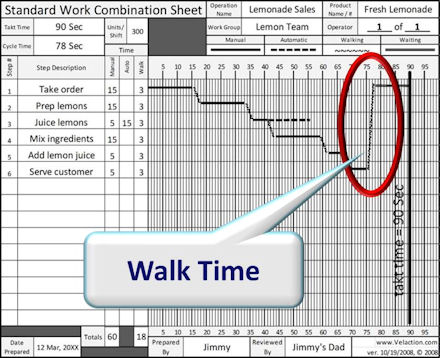Weeds Affinity Disorder
There’s an old expression about ‘getting into the weeds.’ Most people think it comes from golfers getting off the fairway into the thick stuff on the side, or from fishermen getting their lines tangled up in underwater growth. Regardless of the origin, in meetings in a work environment, it means Read more…


